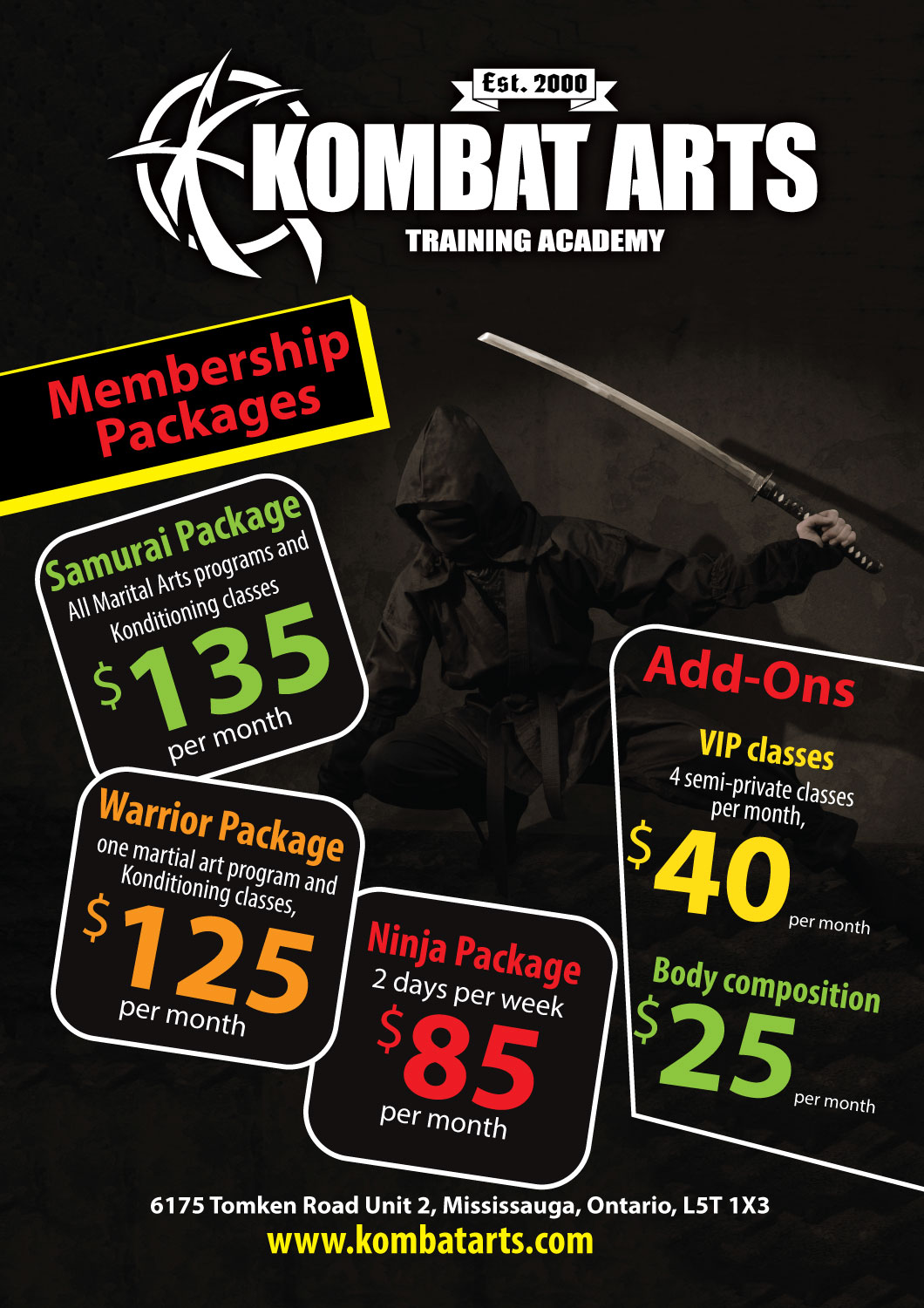Exploring The Historic Background And Approaches Of Martial Arts Weapons Practice
Exploring The Historic Background And Approaches Of Martial Arts Weapons Practice
Blog Article
Short Article Produced By-Noble Schwarz
Discover the ancient origins of martial arts weapons training, shaping combat methods and technique. Old people like Egypt and China honed their skills with numerous weapons like bows, staffs, swords, and nunchaku. Passed down through please click the following post , conventional weapons such as katana, nunchaku, bo staff, and sai provide unique attributes and techniques. Modern tool training incorporates conventional principles with contemporary techniques, concentrating on speed, accuracy, and versatility. Enhance your fight skills by learning about the rich history and diverse techniques of martial arts weapons.
Ancient Beginnings of Weapons Training
Discovering the ancient origins of tools training reveals the foundational principles that have formed martial arts practices for centuries. In ancient worlds, tools training had not been just a means of fight but also a means to impart technique, honor, and regard. The earliest kinds of tools training can be mapped back to ancient Egypt, where soldiers were trained in the art of archery and spear fight. These skills were vital for securing the kingdom and ensuring its success.
As people developed, so did the strategies and tools made use of in training. In ancient China, martial arts specialists honed their skills with tools like the team, sword, and nunchaku. These weapons weren't just tools for self-defense but likewise signs of strength and mastery. The training techniques were given from generation to generation, protecting the conventional strategies and ideologies.
With the study of ancient weapons training, modern martial musicians obtain a deeper understanding of the self-control and devotion required to master these abilities. By recognizing the legacy of ancient warriors, specialists continue to support the ageless principles of martial arts.
Traditional Fighting Style Weaponry
The development of martial arts weaponry from old worlds to modern-day practice highlights the enduring importance of traditional weapons in battle training. Conventional martial arts weaponry consists of a broad array of devices such as the katana, nunchaku, bo team, and sai. These tools have been passed down through generations, each with its distinct features and techniques.
The katana, a typical Japanese sword, is understood for its sharpness and accuracy in strikes. Nunchaku, consisting of two sticks linked by a chain or rope, need competent managing for effective fight. The bo staff, a long stick commonly made of wood, is versatile in both attack and protection maneuvers. The sai, a three-pronged steel tool, is proficient at capturing and obstructing challengers' strikes.
Training with these traditional weapons not just develops physical combat skills but also grows discipline and focus. By grasping the strategies of typical martial arts weaponry, specialists can embody the rich history and society of martial arts while enhancing their battle effectiveness.
Methods for Modern Tool Training
Modern tool training techniques emphasize flexibility and efficiency in fight situations, mixing standard principles with modern strategies for optimum performance. To excel in modern-day tool training, concentrate on improving your speed, precision, and flexibility. Practicing with tools like knives, batons, and guns calls for understanding methods that prioritize quick strikes and specific protective maneuvers.
Footwork plays an important duty in modern-day weapon training, allowing you to maintain appropriate distance from your opponent and promptly shift between offensive and protective stances. By integrating liquid movements and fast footwork drills right into your training regimen, you can efficiently evade attacks and launch counteractions with precision.
Furthermore, contemporary tool training stresses the value of situational recognition and calculated thinking. Understanding how to examine hazards, identify susceptabilities, and make use of openings in your challenger's defense is crucial for success in combat situations. By developing your analytical abilities and developing a tactical way of thinking, you can exceed foes and emerge victorious in challenging situations.
Conclusion
So there you have it! You've learnt more about the old origins of weapons training, discovered traditional martial arts weaponry, and uncovered strategies for modern-day weapon training.
Now head out there and practice what you've discovered, and come to be a master of martial arts weapons! Keep in mind, the opportunities are endless, and with commitment and technique, you can become a weapon-wielding ninja quickly!
